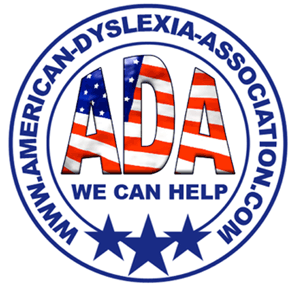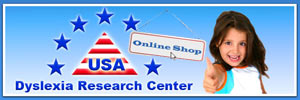What is dyslexia and what can be done to help?
by David Morgan | 2 April 2019
Dyslexia can make learning to read a real challenge, but dyslexics are often exceptionally bright children, with incredible potential. We find that – with the right targeted support – every dyslexic can crack the code and start reading and writing well.

If your child is struggling with dyslexia, he or she isn’t alone. According to Chris Horn of the University of South Carolina, an estimated 6 to 10 percent of today’s students face this learning challenge. Some say that the percentage could be even closer to 20, since many people struggle with their reading and exhibit dyslexic patterns, but do not fit exact testing criteria.
20% is roughly the number of adults who have passed through the school system and not learned to read in the USA, according to the National Center for Education Statistics. Such statistics shed light on just how widespread reading difficulties are. However, this doesn’t change the fact that it can feel scary and overwhelming— especially when you’ve just received a diagnosis of dyslexia for yourself or your child.
But what does a diagnosis of dyslexia mean? Does it mean that learning to read is impossible? Is dyslexia a lifetime disability?
At Helping Children to Read, our answer is a resounding “no!”
Instead, our research has shown that almost all dyslexics can learn to read and spell. In fact, we have not had a single dyslexic not learn to read well on completion of our home support process in recent years. Most can reach the middle or top of their class. It is our experience that with the right tools, every child can gain the skills they need to read fluently and well. It is our mission to get those tools into the hands of every child.
Rethinking dyslexia: a label, not a diagnosis
When someone is given a dyslexia diagnosis, our greatest worry is that they take it as a label of disability, with a sentence of lifetime reading struggles. Some specialists will suggest this is the case, and say that a dyslexic child should accept the situation and switch to using “practical” tools like read-to-me software as a workaround.
We understand that if you have not seen dyslexics learn to read, then that would seem like good advice. But we could not disagree more with that view!
Learning with conventional phonics is often hard for dyslexics, but there are new and different strategies. If you support the decoding of words in the right way, children with dyslexia can still become proficient at it quite quickly, with good comprehension. By using trainertext visual phonics to help with the decoding and by addressing other causes of difficulty, we fundamentally change the way that dyslexics approach the written word. Once that switch of strategy has occurred, their reading can start to fly.
Continue reading article here:
https://www.helpingchildrentoread.com/articles/what-is-dyslexia/
Category: Dyslexia







